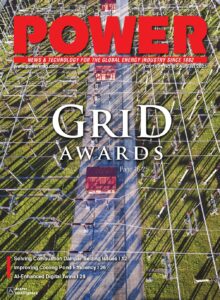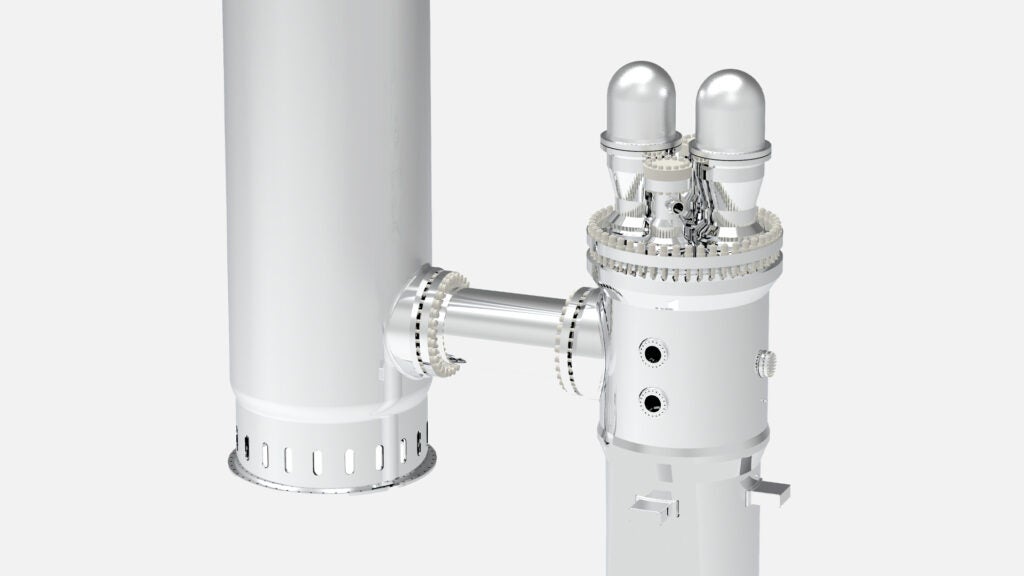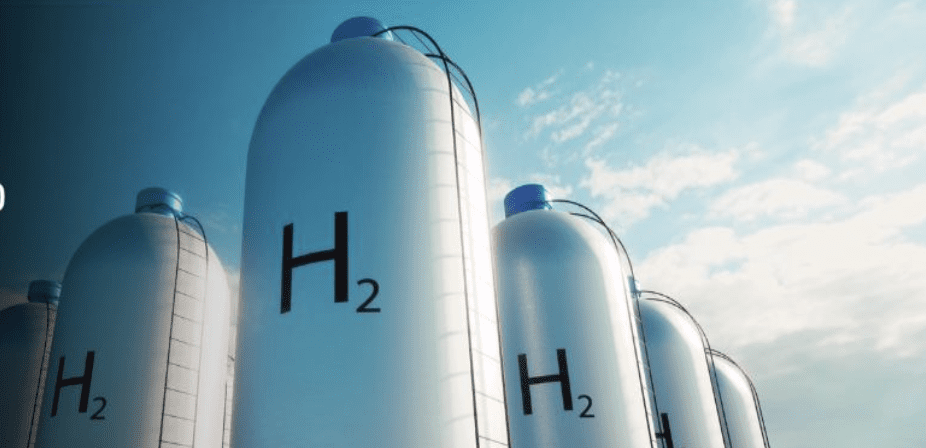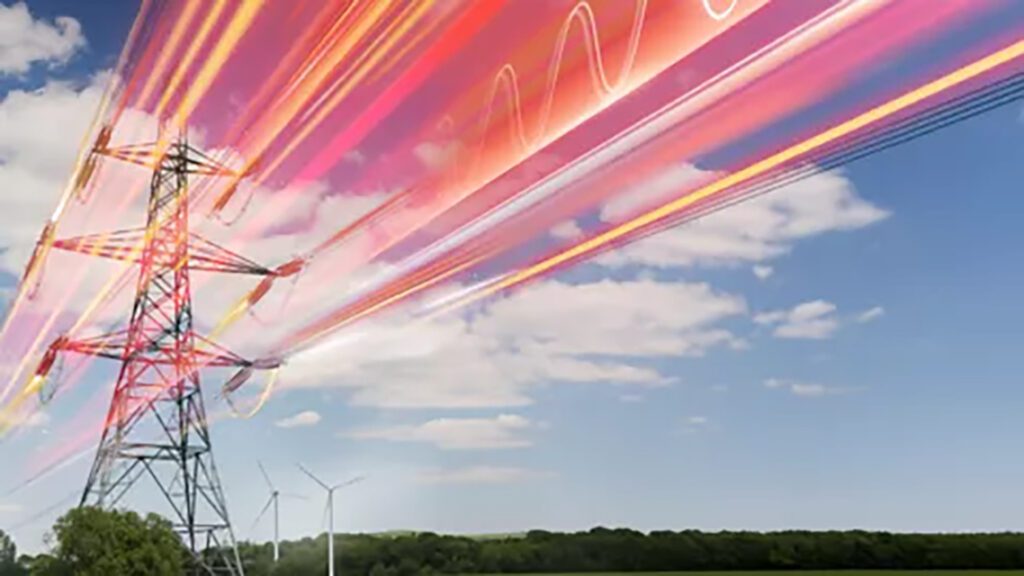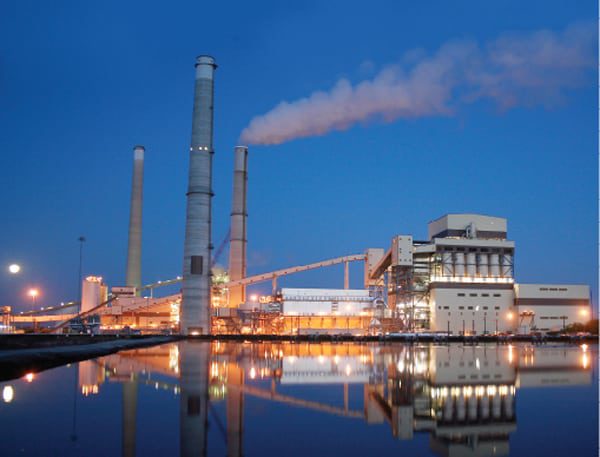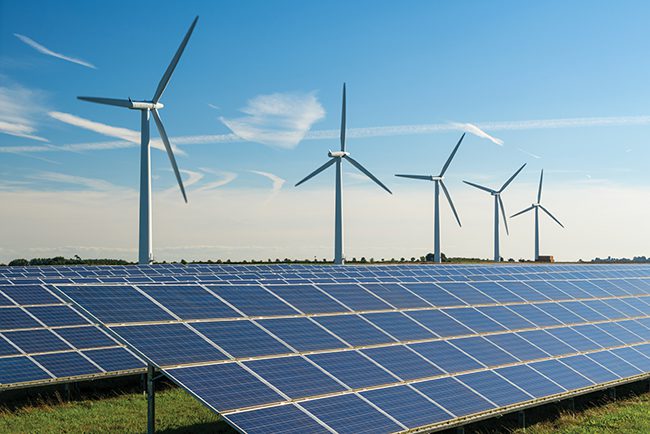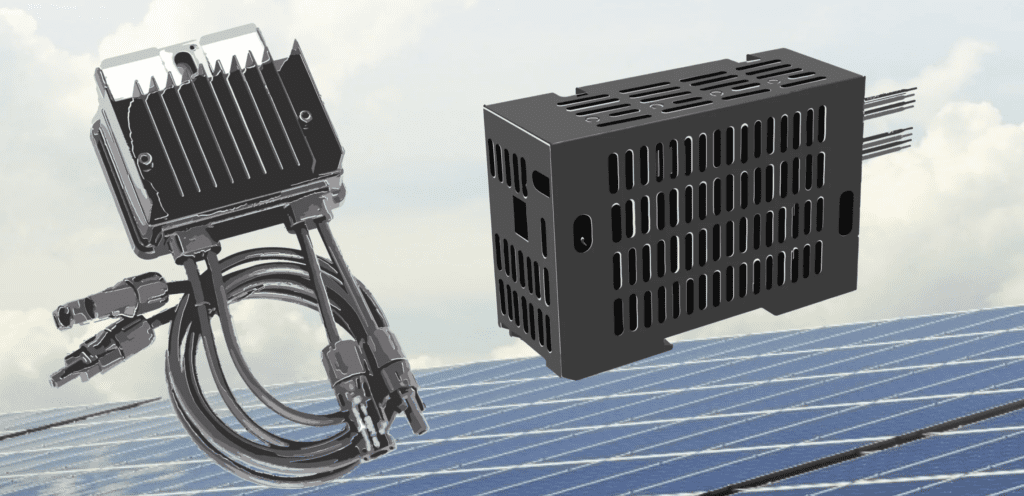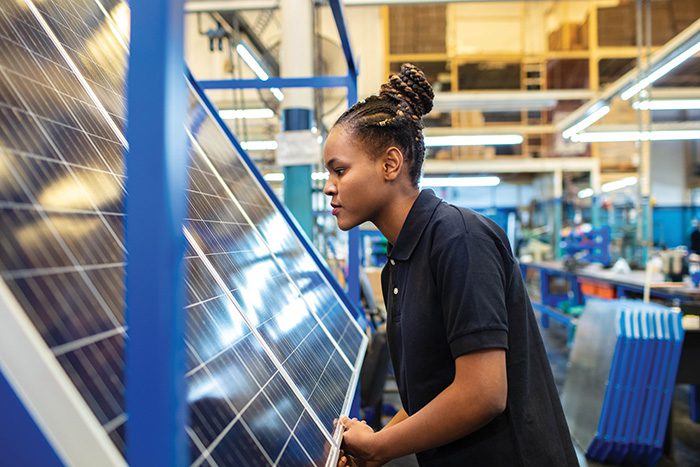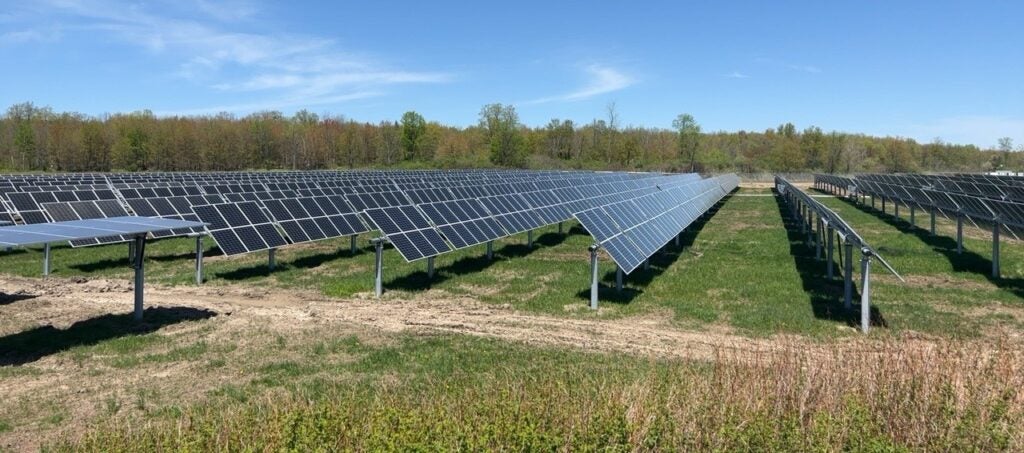On July 4, 2025, President Trump officially signed the “One Big Beautiful Bill Act” (OBBBA) into law (Figure 1). The White House called it “a once-in-a-generation piece of legislation.” The power sector is among the industries most affected by the legislation.
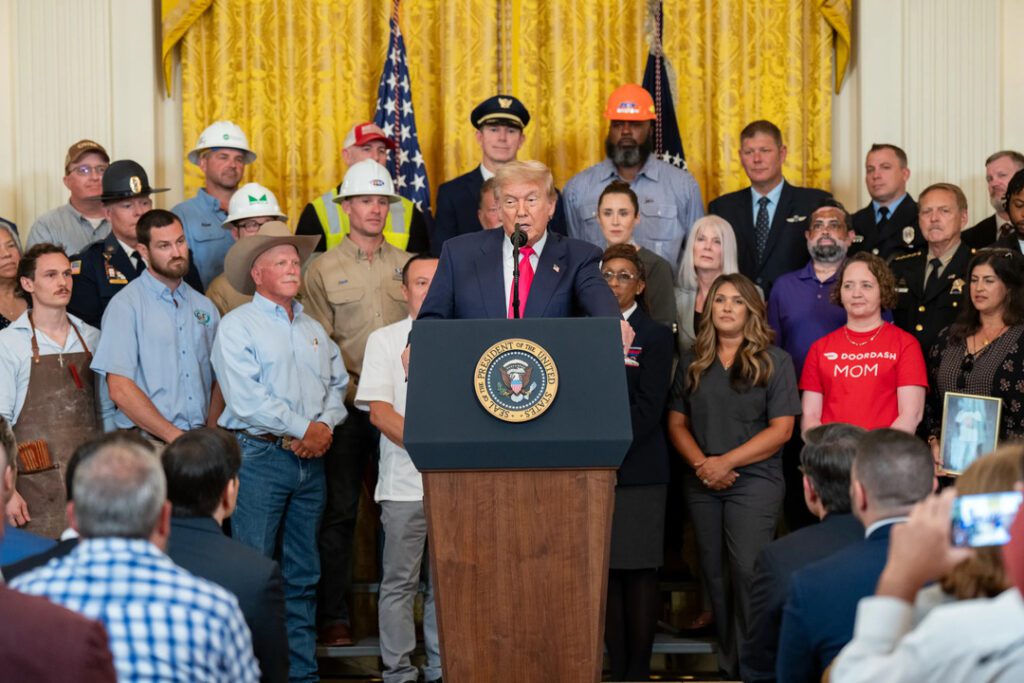
The OBBBA significantly rolls back many of the core tax incentives that clean energy projects have relied on since the passage of the Inflation Reduction Act (IRA) in 2022. Some tax credits for low-carbon energy are being phased out faster, restricted in availability, or simply abolished. Estimates suggest the total value of the credits to the industry will be about $500 billion less over the next 10 years. This will clearly affect the viability of some projects and timelines for execution, as some incentives are eliminated after 2027.
Wind and Solar Projects Take a Hit
“Wind and solar power are hit particularly hard by the changes,” Ed Crooks, vice chair for the Americas with Wood Mackenzie, wrote in a July 11 blog post. According to Crooks, Wood Mackenzie expects investment in wind and solar power to fall well short of what it would have been if the IRA incentives had remained in place. “It will not collapse completely,” Crooks wrote. “But over 2025–2030, wind and solar installations will be about 100 gigawatts lower than if the IRA incentives had remained in place,” he noted.
That would lead to total installed wind and solar capacity growing by about 25% over that period, instead of a projected 55% growth under the IRA framework, according to Wood Mackenzie’s estimates. “For solar, we expect a surge in installations in 2025–2026, as developers rush to remain eligible for tax credits. But on a 10-year view, we expect installations to be 17% lower than in our previous base case forecast,” Crooks explained.
Meanwhile, Wood Mackenzie expects onshore wind installation activity to remain robust through 2030, as developers work to put grandfathered projects in service to meet the tax credit deadlines. Still, the firm expects onshore wind installations to decline significantly in the longer term. “The most substantial impact will be in offshore wind, where industry economics depend heavily on tax credits,” Crooks remarked. “Projects that have not already started construction or taken a final investment decision (FID) are unlikely to go ahead.”
Other Technologies Fare Much Better
The nuclear and geothermal sectors both retained primary IRA incentives in the final OBBBA. In fact, nuclear received additional support through revamped small modular reactor (SMR) funding, while geothermal benefited from mandated annual lease sales replacing the previous biennial schedule.
“Notably, the legislation cements nuclear energy as a foundational element in the nation’s future energy mix,” Landon Derentz, vice president for Energy and Infrastructure, senior director, and Morningstar Chair for Global Energy Security at the Atlantic Council Global Energy Center, wrote in an OBBBA analyses. “Years of incremental, bipartisan support have matured into formal policy momentum. By positioning nuclear as a central pillar, the United States joins a growing global consensus on its strategic value, particularly as energy systems become more complex,” he added.
Meanwhile, Wood Mackenzie said carbon capture, utilization, and storage (CCUS) projects will get a boost. “Carbon capture developers benefit from expanded 45Q credits, with enhanced oil recovery (EOR) now receiving the same value as geological sequestration, making EOR more attractive as an end destination for captured CO2. This particularly benefits operators with existing CCUS-EOR infrastructure,” the firm noted in a press release.
Foreign Entity of Concern Stipulations
Perhaps the most impactful changes are the “prohibited foreign entity” limitations, which are littered throughout the OBBBA. Foreign influence in supply chains has existed for years, but the formal legal term “Foreign Entity of Concern (FEOC)” was first introduced in 2022. An FEOC is defined, in part, as an entity that is “owned by, controlled by, or subject to the jurisdiction or direction of a government of a foreign country that is a covered nation.” Covered nations are currently defined as China, Russia, Iran, and North Korea.
The OBBBA imposes important new restrictions limiting the ability of projects to generate tax credits if certain FEOCs are involved. Notably, the clean electricity credit under 48E could be completely recaptured if a taxpayer makes an “applicable payment” to one of these entities within 10 years after originally claiming the credit. This essentially creates a 10-year period of recapture risk for the technology-neutral investment tax credit (ITC). “These limitations have almost an immediate impact—generally, being effective January 1, 2026, for calendar year taxpayers—and will impose a significant risk, compliance, and diligence burden on taxpayers,” an insight report issued by Vinson & Elkins LLP says.
For energy storage projects, the OBBBA maintains ITC eligibility through 2030. However, Wood Mackenzie said the FEOC restrictions likely preclude the purchase of Chinese cells, which presents a challenge. “The risks and costs of supply chain shifts will put downward pressure on storage growth, despite being one of the few resources that can be added quickly to support growing demand,” the firm said.
“Congress is essentially ceding the future of wind, solar, hydrogen, and battery investment to China,” David Goldwyn, president of Goldwyn Global Strategies, and chairman of the Atlantic Council Global Energy Center’s Energy Advisory Group, and Andrea Clabough, an associate at Goldwyn Global Strategies, and a nonresident fellow with the Atlantic Council Global Energy Center, wrote in an OBBBA analyses. “This legislation represents a stunning acquiescence to globally concentrated development and supply chain systems for these technologies in the hands of a U.S. competitor,” they said.
—Aaron Larson is POWER’s executive editor.


